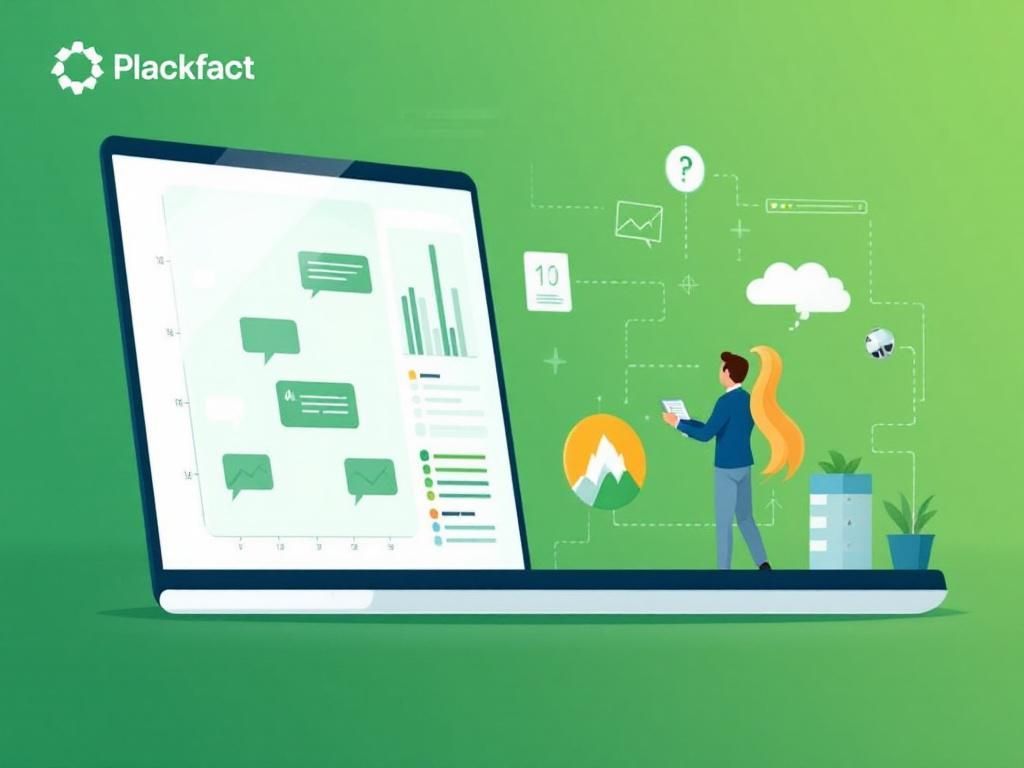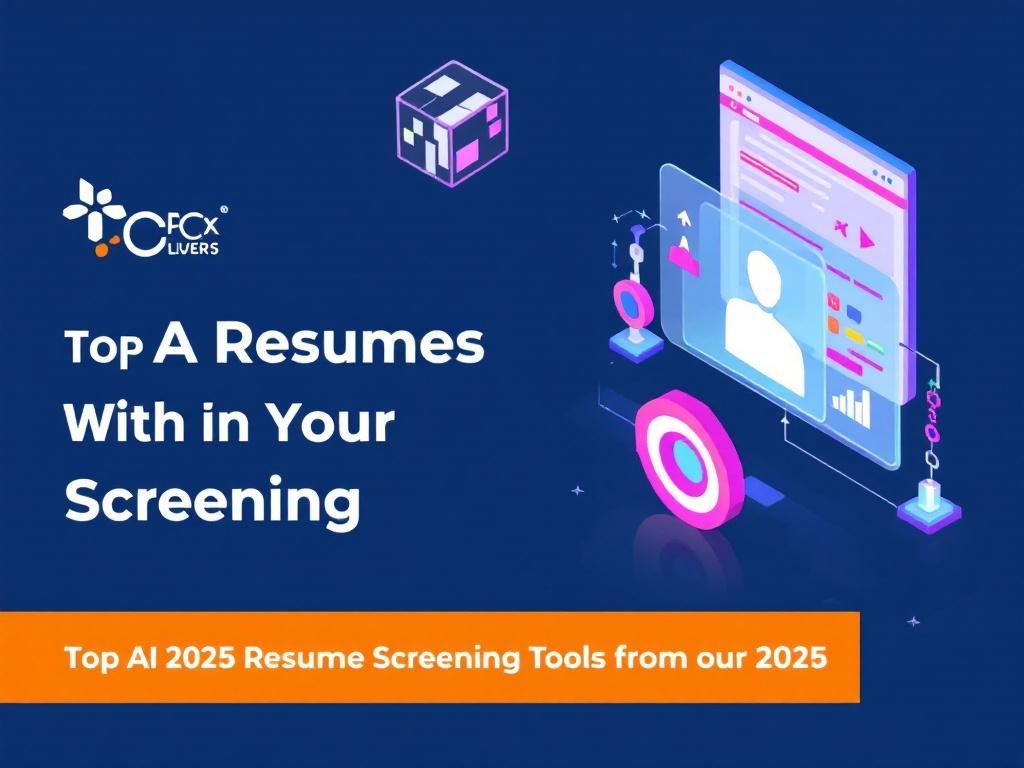In the fast-paced world of technology and business, effective onboarding of new employees has become paramount for successful integration into the workplace. With advancements in artificial intelligence (AI), organizations are increasingly turning to innovative tools to streamline their onboarding processes. These AI-driven solutions not only enhance the overall experience for new hires but also empower HR departments to manage resources more effectively. As we move towards 2025, understanding the role of AI in onboarding can provide companies with a competitive edge in attracting and retaining top talent.
The Importance of an Effective Onboarding Process
Onboarding is the process through which new employees are integrated into an organization. A well-structured onboarding program can lead to:
- Higher employee retention rates
- Improved job satisfaction
- Faster time-to-productivity
- Enhanced team collaboration
Studies have shown that effective onboarding can increase employee retention by up to 82% and productivity by over 70%, making it a crucial investment for companies aiming for long-term success.
Challenges in Traditional Onboarding Methods
Despite its significance, traditional onboarding methods often fall short due to various challenges:
- Time-Consuming: Manual processes can take weeks, delaying new hires’ productivity.
- Inconsistency: Variability in the onboarding experience can lead to confusion and frustration.
- Lack of Engagement: Traditional methods often fail to capture the attention of new hires, making them feel disconnected.
AI Tools Transforming Onboarding
As organizations search for solutions to these challenges, AI tools have emerged to revolutionize the onboarding experience. Here are some key AI-driven technologies reshaping this landscape:
1. Chatbots
AI-powered chatbots are becoming increasingly popular for their ability to provide real-time assistance and support to new employees. They can:
- Answer frequently asked questions regarding company policies, schedules, and benefits.
- Guide new hires through the onboarding process, providing personalized support.
- Schedule meetings and training sessions efficiently.
2. Personalized Learning Platforms
AI can analyze an individual’s skills and learning style, offering customized training modules that cater to their specific needs. This personalization can increase engagement and effectiveness during the onboarding process.
| Feature | Benefits |
|---|---|
| Skill Assessment | Identifies strengths and weaknesses to tailor training. |
| Adaptive Learning Paths | Adjusts the training program based on progress and comprehension. |
| Progress Tracking | Provides dashboards for tracking completion and engagement. |
3. Data Analytics
AI analytics tools allow HR departments to gather and analyze data on onboarding programs, enabling them to:
- Identify trends and areas for improvement.
- Measure the effectiveness of different onboarding techniques.
- Make data-driven decisions to enhance the onboarding experience.
Implementing AI Tools in Onboarding
Integrating AI tools into the onboarding process involves several steps to ensure a smooth transition:
Step 1: Identify Objectives
Determine what you want to achieve with your AI onboarding tools, such as improving engagement or reducing time-to-productivity.
Step 2: Choose the Right Tools
Research and select AI tools that align with your objectives. Consider factors such as:
- Scalability
- Integration with existing systems
- User-friendliness
Step 3: Train Your HR Team
Provide training for your HR professionals on how to leverage these AI tools effectively. This training should cover:
- Understanding the technology
- Best practices for implementation
- Monitoring and evaluating the onboarding experience
Step 4: Gather Feedback
Solicit feedback from new hires on their onboarding experience and make adjustments based on their input. Continuous improvement is key to maximizing the benefits of AI tools.
Future Trends in AI-Driven Onboarding
As technology continues to evolve, several trends are likely to shape the future of onboarding in 2025 and beyond:
- Enhanced AI Personalization: Improved algorithms will enable even more tailored onboarding experiences.
- Virtual and Augmented Reality: These technologies may be utilized for immersive training environments.
- Increased Use of Predictive Analytics: Predictive tools will help foresee challenges new employees may face based on past data.
Conclusion
In an era where employee experience is more critical than ever, leveraging AI tools during the onboarding process is not just an option but a necessity for forward-thinking organizations. By overcoming traditional challenges and embracing innovative technologies, HR departments can create a more engaging, efficient, and effective onboarding experience. As we look towards 2025, the integration of these AI solutions will undoubtedly redefine how companies welcome and nurture their talent.
FAQ
What are AI tools for onboarding?
AI tools for onboarding are software solutions that utilize artificial intelligence to automate and enhance the employee onboarding process, making it more efficient and personalized.
How can AI streamline the onboarding process?
AI can streamline the onboarding process by automating repetitive tasks, providing personalized training experiences, and offering real-time support to new hires.
What benefits do AI onboarding tools provide?
AI onboarding tools provide benefits such as reduced time to productivity, improved employee engagement, and enhanced data analytics to track onboarding effectiveness.
Are AI onboarding tools suitable for all businesses?
Yes, AI onboarding tools can be tailored to fit businesses of all sizes and industries, making them suitable for a diverse range of organizations.
How do I choose the right AI onboarding tool?
To choose the right AI onboarding tool, consider factors such as ease of use, integration capabilities, customization options, and user feedback.
What trends can we expect in AI onboarding tools by 2025?
By 2025, we can expect AI onboarding tools to incorporate more advanced machine learning algorithms, enhanced virtual reality training options, and improved predictive analytics for better onboarding experiences.




